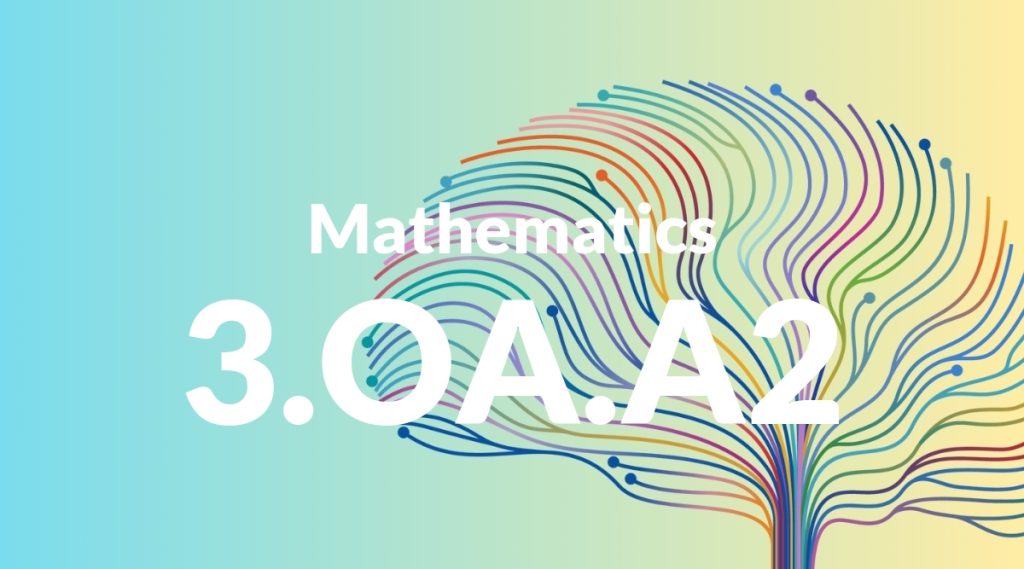Standard: 3.OA.A2 – Interpret whole-number quotients of whole numbers, e.g., interpret 56 ÷ 8 as the number of objects in each share when 56 objects are partitioned equally into 8 shares, or as a number of shares when 56 objects are partitioned into equal shares of 8 objects each. For example, describe a context in which a number of shares or a number of groups can be expressed as 56 ÷ 8.
Grade level: Grade 3
Subject: Mathematics
Domain: Operations & Algebraic Thinking
Teacher Overview
This standard focuses on helping students understand the concept of division as both partitioning and grouping. It is crucial for developing their ability to solve real-world problems involving equal shares and groups. Students should be comfortable with basic multiplication and division facts and understand how to partition objects into equal groups.
After mastering this standard, students will be able to tackle more complex division problems and understand the relationship between division and multiplication.
Common Misconception 1
Some students may think that division always results in smaller numbers. This is incorrect because division can also describe situations where we are finding out how many groups of a certain size fit into a larger number.
Intervention 1
Use visual aids such as pie charts or grouping objects to show how division can result in different outcomes depending on the context.
Common Misconception 2
Another misconception is that division cannot be used if the dividend is smaller than the divisor. This is incorrect because division can result in fractions or decimals.
Intervention 2
Provide examples where the quotient is less than 1, and use visual aids to illustrate these concepts.
Prerequisite Knowledge
Students should understand basic multiplication and division facts, and be able to partition objects into equal groups.
Subsequent Knowledge
Students will develop skills in solving more complex division problems and understanding the relationship between division and multiplication.
Instructional Activities
- Use manipulatives to divide objects into equal groups.
- Create word problems that require division to solve.
- Use visual aids like pie charts to illustrate division.




